|
This article originally posted on Middle Web on 1/6/2019. This is an updated version that includes how to promote academic language during distance learning.
“My kids seem to speak English well, but when it comes to academic tasks, they struggle.” We often wonder why English learners have a difficult time with standardized tests and essays in content areas but are able to communicate with peers and get along fairly well on a day to day basis. The reason behind it may be that academic language is different from everyday language. Academic language takes from 5-7 years to acquire while social or conversational language (often known as BICS, basic interpersonal communicative skills coined by Jim Cummins) only takes 2-3 years. What we know is that students need to make greater gains in academic language in order to become successful in school and post secondary. Academic language is the language of the content area of instruction. It is the textbook talk and vocabulary and syntax used in lectures and class presentation. It is not just single words and includes phrases and sentences as well. It is critical that English learners are offered many opportunities on a daily basis to practice using academic language. Why? We have to consider that some English learners go home to environments where they speak another language in the home. And that is awesome! Bilingualism has great benefits. However, to develop bilingualism, when they are in our classrooms or under our instruction, we have to build as many opportunities as possible for English language development using domain specific vocabulary. We have to put the language in their mouths. Other students (including native English speaking students) may go home to English speaking households, but the level of vocabulary or conversation may not be where we’d hope. This is yet another reason why our instruction (be it face to face or remote) needs to be filled with opportunities for students to use academic language. How can we get students to use academic language? Below you will find 10 ways to get students, especially English learners, practicing academic language in your classroom and beyond.
9 Comments
Why is that when we teach our students about numbers, we show them the number one visually. We hold up one finger and maybe place one object in front of them. But when we teach them new vocabulary, we rarely start with the visual--instead we begin with the written word and then move to the visual...maybe. In math we move from concrete to abstract but we rarely do that with other content areas.
Research indicates that our brains process visuals 60,000X faster than text. Why are we reluctant to tap into that and use it to our advantage in the classroom? You know that list...that list of all the things you want to get done before the first day of school. We could really make it easier on ourselves as teachers AND better for our students if we eliminated 4 tasks!
1. Decorating the walls with posters, charts, etc. What kind of word wall is on your walls? Does it support your learners or is it just there as part of the wall paper creating wall pollution?
Let me tell you first hand...I used to have a traditional word wall and I wholeheartedly thought I was doing what was best for my students. It was alphabetical and I put words on it that were Tier I, Tier II, and Tier III (thinking that I was supporting everyone). I tried playing games with my students using the word wall and I even let them add their own words to it so they could take ownership of the wall. But as a lifelong learner I embrace new information and when I find something that is better for students, I recognize it. Recently I learned about Interactive Word Walls from Dr. Julie Jackson. She is a professor at Texas State University and travels to deliver professional development regarding these amazing word walls. Her expertise is in the field of science but I think the word walls can work in any content area. |
Categories
All
|
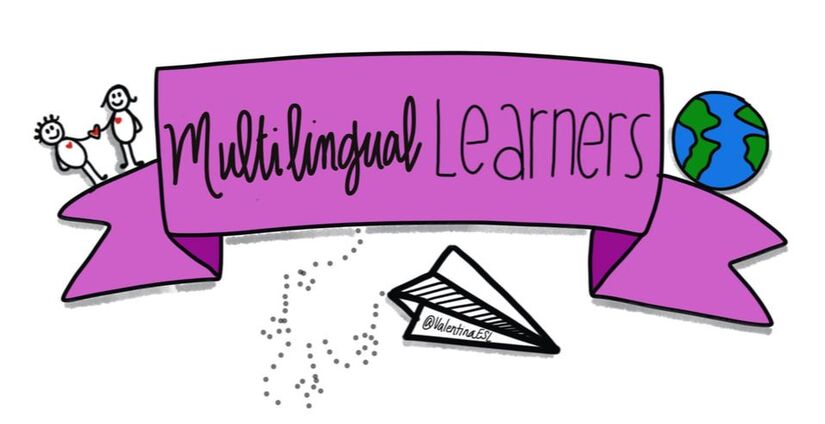
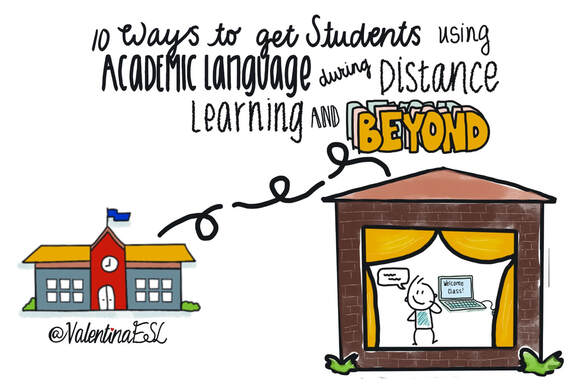
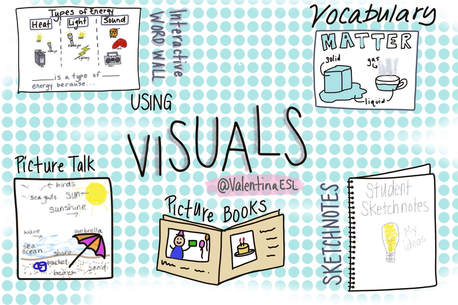
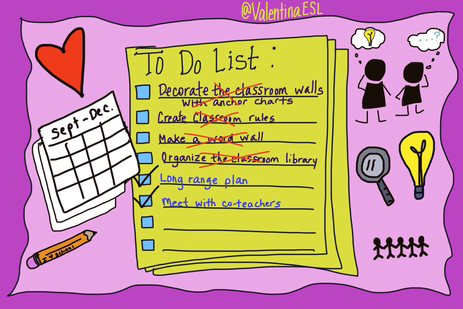
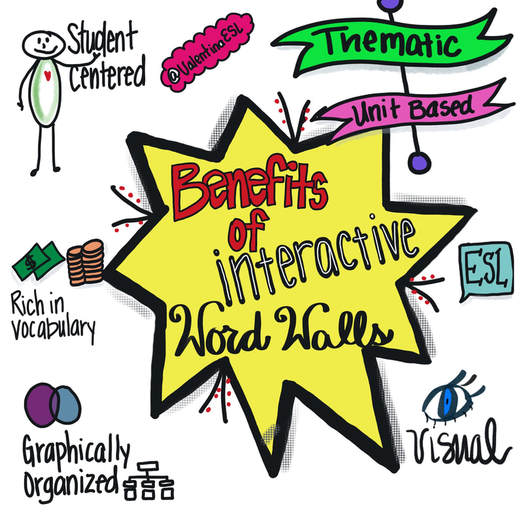
 RSS Feed
RSS Feed
